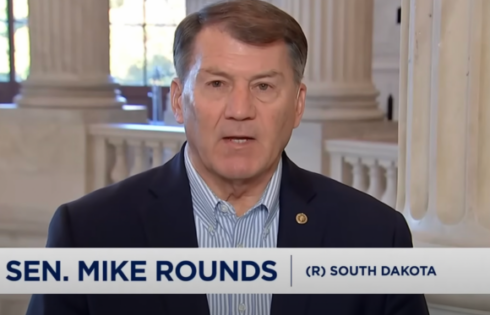
Two North Carolina institutions of higher education are announcing an agreement Thursday afternoon to streamline students’ ability to transfer between them.
That’s a boon to students at the 58 members of the North Carolina Community Colleges System and 21 members of the North Carolina Independent Colleges and Universities:
This signing represents an unprecedented alignment among all higher education in North Carolina. In February 2014, the State Board of Community Colleges and the Board of Governors of the University of North Carolina system, signed a similar agreement, updating guidelines that have saved students and families both time and money, and that have stretched taxpayer-funded dollars.
If only this were the general trend in higher ed nationwide. Sadly, it seems like an aberration.
Welfare for lawyers
Consider the predictable result of a well-meaning federal program aimed at helping graduate and professional students – 16 percent of the population of student borrowers but whose loan debt now comprises 40 percent of the total, according to the New America Foundation.
Signed into law during the George W. Bush administration, “Grad PLUS” gave professional and grad students “unlimited access to below-market-rate loans from the government,” erasing the $138,5000 cap on loans “including leftover college debt,” writes Washington Post columnist Charles Lane.
The primary beneficiaries of this program? Expensive law schools “whose business model is geared to a bygone era,” Lane says:
Law-student indebtedness grew from an average of $66,000 for public institutions in the 2005 academic year to $88,000 in 2012, according to a recent American Bar Association (ABA) task force report. The figures for private law schools were $102,000 in 2005 and $127,000 in 2012. More than half of law students use Grad PLUS.
Salaries for law-school administrators and teachers are “generally well above the median national income” and comprise a third of law-school overhead, Lane says.
Yet even as a value of a JD has plummeted since the Great Recession,
the flow of easy taxpayer-backed loan money through Grad PLUS operated as a de facto bailout, enabling many law schools to maintain capacity and delay reforms, or settle for modest ones, while continuing to charge more or less the same high tuition.
To add insult to injury, other programs passed during both the Bush and Barack Obama presidencies make it easier for students to get “long-term debt forgiveness” and income-based repayment options – meaning taxpayers are subsidizing high-earning grads, Lane says.
You can’t study if you have to look at a parking lot
The University of Pennsylvania also seems to be operating in a bygone era, spending $3.8 billion over the past 10 years to lay new concrete and make some pretty parks.
The Daily Pennsylvanian makes it sound like the administration just got tired of looking at a parking lot when it devised PennConnects, “a comprehensive construction plan designed to better ‘connect’ Penn internally and to the rest of Philadelphia”:
For example, the completion of Penn Park in 2011 significantly enhanced the University’s entryway from the South Street Bridge.
“Not 10 years ago, where Penn Park is today, used to be a massive ugly parking lot, a bone-yard for old campus vehicles,” Hollenberg said. …
The FMC Tower, one of the PennConnects projects due for completion in 2016 at the corner of 30th and Walnut streets, will welcome drivers and pedestrians via the Walnut Street Bridge into University City.
Because the core of higher education is … landscaping?
“It was also about allowing the campus to be better connected through upgrading discreet pieces of landscape,” Papageorge said. “There wasn’t always this beautiful, pleasant walk down Locust Walk to Smith Walk, through Shoemaker Green, to Penn Park, because some the pieces were missing.”
Yes, the money is coming from the Making History Campaign, a private fundraising effort by a private school (though it’s dubious whether Penn’s Quaker forebears would approve of such lavish outlays).
That doesn’t mean it’s a wise use of money. Students graduating with a liberal arts degree in this unforgiving economy may value an affordable education more than a Disney landscape when they stroll on campus.
Like The College Fix on Facebook / Follow us on Twitter
IMAGE: ABC Studios






Please join the conversation about our stories on Facebook, Twitter, Instagram, Reddit, MeWe, Rumble, Gab, Minds and Gettr.